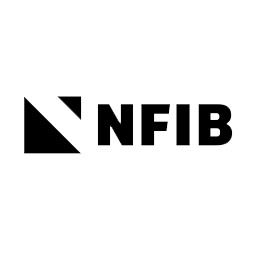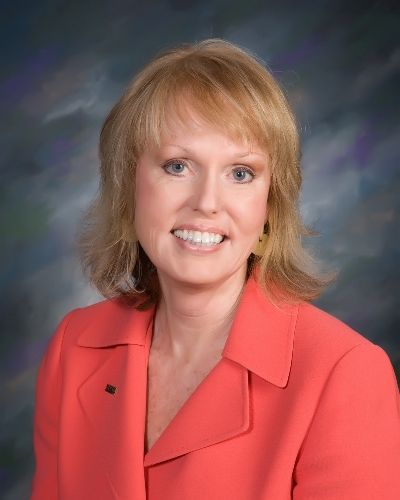
INDIANA – The NFIB Small Business Optimism Index fell 0.2 points in May to 99.6. May saw a slight pause in the recovery of small business optimism after steadily increasing each month in 2021. As reported in NFIB’s monthly jobs report, a record-high 48 percent of owners reported unfilled job openings.

“The data from this survey proves what we’ve been hearing from our Hoosier members for months. They simply and most frustratingly can’t find qualified workers. Here’s the deal: if small businesses can’t hire staff, they can’t grow. If they can’t grow, recovery will stall. It’s as simple as that. Small businesses are typically the engine that leads states like Indiana out of recession and creates at least two-thirds of the net new jobs. If small businesses can’t hire enough workers to staff their establishments, the state, and national economy is in trouble,” said Barbara Quandt, NFIB State Director in Indiana.
Other key findings include:
- Five of the 10 Index components improved, three declined, and two were unchanged.
- The NFIB Uncertainty Index decreased by one point to 79.
- Job creation plans over the next three months rose to a net 27 percent, up six points.
- Owners expecting better business conditions over the next six months fell 11 points to a net negative 26 percent.
- Earnings trends over the past three months declined four points to a net negative 11 percent.
Fifty-nine percent of owners reported capital outlays in the last six months, up two points from April. Of those making expenditures, 44 percent reported spending on new equipment, 24 percent acquired vehicles and 16 percent improved or expanded facilities. Six percent acquired new buildings or land for expansion and 13 percent spent money on new fixtures and furniture. Twenty-seven percent are planning capital outlays in the next few months.
A net 7 percent of all owners (seasonally adjusted) reported higher nominal sales in the past three months, up four points from April. The net percent of owners expecting higher real sales volumes improved two points to a net 3 percent, a historically weak reading.
The net percent of owners reporting inventory increases rose one point to a net negative 1 percent. A net 8 percent of owners view current inventory stocks as “too low” in May, up one point from April and at historically high levels. A net 6 percent of owners plan inventory investments in the coming months, up one point from April.
The net percent of owners raising average selling prices increased four points to a net 40 percent (seasonally adjusted), the highest reading since April 1981. Unadjusted, 5 percent of owners reported lower average selling prices and 48% reported higher average prices. Price hikes were the most frequent in wholesale (65 percent higher, 2 percent lower), retail (53 percent higher, 5 percent lower), and manufacturing (47 percent higher, 1 percent lower). Seasonally adjusted, a net 43 percent of owners plan price hikes, up seven points.
A net 34 percent (seasonally adjusted) reported raising compensation, the highest level in the past 12 months. A net 22 percent of owners plan to raise compensation in the next three months, up two points.
Eight percent of owners cited labor costs as their top business problem and 26 percent said that labor quality was their top business problem. Higher labor costs are being passed on to customers through higher selling prices.
The frequency of reports of positive profit trends declined four points to a net negative 11 percent. Among owners reporting lower profits, 38 percent blamed weaker sales, 17 percent cited a rise in the cost of materials, 12 percent cited the usual seasonal change, 8 percent cited labor costs, 7 percent cited lower prices, and 6 percent cited higher taxes or regulatory costs.
For owners reporting higher profits, 60 percent credited sales volumes, 18% cited the usual seasonal change, and 14 percent cited higher prices.
Three percent of owners reported that all their borrowing needs were not satisfied. Twenty-three percent reported all credit needs met and 62 percent said they were not interested in a loan. A net 2 percent reported their last loan was harder to get than in previous attempts. One percent of owners reported that financing was their top business problem. The net percent of owners reporting paying a higher rate on their most recent loan was 1 percent. Credit costs are at historically low levels.



